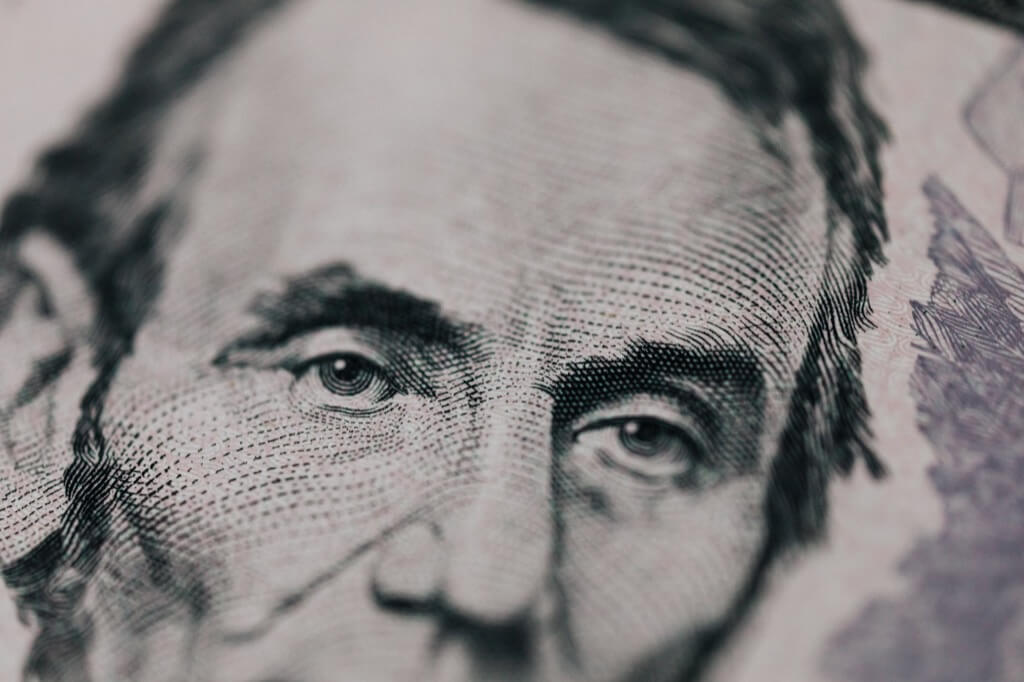In a momentous event at the Cherry Plaza Hotel, Governor Haydon Burns, flanked by the Disney brothers, disclosed plans for what would evolve into the Walt Disney World Resort. Although Walt Disney’s demise extended the project’s timeline, the sprawling 27,000-acre property swiftly gained global acclaim as the “Happiest Place on Earth.”
Walt Disney’s visionary creation, Disneyland, born in 1955, emerged from an idea sparked while watching his daughter enjoy a merry-go-round. His dream extended to a theme park filled with nostalgic charm, inspired by visits to Henry Ford’s Greenfield Village. Disneyland’s journey from concept to reality encountered setbacks, initially facing rejection in Burbank before finding its home in Orange County. Harrison Price’s strategic guidance paved the way, leading Disney to Anaheim, where the iconic park began construction in 1954.
Disneyland’s early struggles highlighted crucial errors. Its initial failure to attract a diverse national audience and the land speculation around the park prompted Walt Disney to rethink his approach, setting the stage for a groundbreaking venture. Walt Disney’s pursuit of a grander vision led him to explore various locations before choosing Orlando for his monumental endeavor. Careful consideration and meticulous planning culminated in the birth of Disney World, setting a new standard for theme parks.
The Purpose Behind Disneyland’s Creation
The inception of Disneyland traces back to a poignant moment in Griffith Park when Walt Disney, watching his daughters enjoy the merry-go-round, envisioned a place where families could revel in shared joy. This idea, dormant for years, eventually blossomed into Disneyland—a dreamland meant to unite adults and children in a world of fun and wonder.
The moniker “Happiest Place on Earth” attributed to Disneyland stems from Walt Disney’s vision to evoke boundless joy and wonder in visitors. It encapsulates the immersive experience where every detail, from scents to tastes, sparks delight, stimulating the brain’s pleasure centers. This distinction sets Disneyland apart, as it transcends mere rides and shows to create a sensorial symphony that uplifts spirits.
Origin of the Iconic Slogan
First coined in 1955 upon Disneyland’s opening, the slogan “The Happiest Place on Earth” was Walt Disney’s brainchild. It aimed to encapsulate the park’s essence—an oasis of happiness and enchantment, where visitors could escape into a realm of unparalleled joy and wonder. The slogan remains a testament to Disney’s commitment to crafting an atmosphere of boundless happiness.
Disneyland’s history resonates with Walt Disney’s fervent desire to craft a haven of happiness and safety for its guests. Beyond entertainment, the park offers a sanctuary where visitors trust they are secure, fostering an environment where joy reigns supreme. This historical ethos has endured, making Disneyland a cherished destination for generations.
Disneyland’s enduring allure lies in its ability to maintain a safe, enchanted haven that consistently delivers on its promise of happiness. Visitors return, not merely for rides and attractions, but for the encapsulated joy and sense of care they experience within the park’s confines. This enduring legacy cements Disneyland’s place as a beacon of happiness and wonder.
Commercialization of Happiness in Disneyland
The debate surrounding Disneyland often delves into whether the park’s depiction as the “Happiest Place on Earth” represents genuine joy or is a cleverly marketed illusion. Critics argue that Disneyland’s branding of happiness is a commercial ploy, manipulating emotions to drive ticket sales and merchandise purchases. On the other hand, supporters contend that while Disney does profit, the joy and sense of wonder experienced by visitors are authentic, making the park a beacon of genuine happiness.
Ethics Behind Disneyland’s Happiness Perception
Ethical discussions arise concerning the portrayal of happiness within Disneyland. Critics raise concerns about the park’s perpetuation of an idealized and unrealistic notion of happiness, potentially setting unattainable standards for visitors. Supporters, however, argue that Disneyland offers a respite from the pressures of everyday life, providing a space for visitors to immerse themselves in joyful experiences, albeit temporarily, without any harm.
Disneyland’s Happiness Narrative on Society
Debates ensue regarding the societal impact of Disneyland’s portrayal as the “Happiest Place on Earth.” Critics question whether promoting a singular notion of happiness can limit people’s understanding and pursuit of genuine joy beyond the park’s confines. Conversely, proponents argue that Disneyland’s narrative of happiness inspires people to seek moments of joy and wonder in their lives, fostering a positive outlook.
Authenticity of Happiness at Disneyland
Discussions arise about the authenticity of the happiness experienced within Disneyland. Critics argue that the curated environment, designed to evoke joy, may not reflect genuine emotions and could be perceived as manufactured happiness. Supporters counter that while the setting may be constructed, the emotions and memories forged within Disneyland are genuine, providing visitors with a cherished and authentic experience.
Long-Term Impact on Visitors’ Perception of Happiness
Debates question whether Disneyland’s portrayal as the “Happiest Place on Earth” has a lasting impact on visitors’ perceptions of happiness. Critics argue that an overemphasis on Disneyland’s idealized joy could lead to unrealistic expectations of happiness in real life. Proponents, however, posit that the memories and joy experienced within the park contribute positively to visitors’ overall sense of happiness, creating lasting impressions that uplift spirits beyond the park’s boundaries.
The Happiest Of Facts
- Disneyland features a secretive apartment above the firehouse on Main Street, originally designed for Walt Disney and his family. This cozy space, called the “Disneyland Dream Suite,” is now occasionally used for special events or promotional purposes.
- One particular lamp in Disneyland remains always lit. It’s located in the Main Street Fire Station’s window as a tribute to Walt Disney, symbolizing his enduring presence in the park even after his passing.
- The address for Disneyland—1313 Disneyland Drive—holds a subtle nod. The number “1313” references the M and A in the alphabet, representing Mickey and Walt, making it an address with a hidden tribute.
- Disneyland has a policy of using real plants exclusively in the park to maintain an authentic and vibrant atmosphere. This commitment adds to the park’s immersive experience and environmental aesthetics.
- While EPCOT in Florida stands for “Experimental Prototype Community of Tomorrow,” it was initially planned as a utopian city project envisioned by Walt Disney. However, after Walt’s passing, the concept evolved into a theme park.
- Disneyland trash cans are strategically designed to prevent guests from littering. They’re spaced at intervals based on the average distance a person can carry trash before seeking a bin, effectively reducing litter.
- Disneyland offers exclusive club memberships, such as Club 33, known for its secret entrance in New Orleans Square. This elusive club, with limited memberships, provides high-end dining and exclusive experiences.
- At the Haunted Mansion, there’s a unique system named “The Little Man of Disneyland.” This miniature figure, affectionately known as “Dolly,” helps guide the ride’s conveyance system.
- On Main Street, there’s a very special sidewalk made from V-shaped bricks. This section marks the exact location where Walt Disney stood when conceiving the idea of Disneyland.
- Sleeping Beauty Castle’s spires are made from fiberglass, but they’re painted using a special paint infused with actual gold dust to give them a shimmering effect while protecting against weathering.
The park’s subtleties, from the meticulously designed trash cans to the golden-tinted spires, reveal a meticulous attention to detail that transcends the ordinary. These lesser-known facets of Disneyland underscore its allure, inviting visitors to explore the hidden stories and unexpected wonders within its magical confines.




